Cargando...
Recursos educativos
-
Nivel educativo
-
Competencias
-
Tipología
-
Idioma
-
Tipo de medio
-
Tipo de actividad
-
Destinatarios
-
Tipo de audiencia
-
Creador
Lo más buscado
- Juegos interactivos para niños
- Proyectos de ciencia
- redacción
- cuentos inglés infantil
- imágenes lengua
- Actividades plásticas
- Conocimiento del medio natural, social y cultural
- Tic educativas
- Actividades acuáticas
- Invasiones bárbaras
- Siglos XV-XVII
- Tintín
- Desarrollo emocional adolescencia
- imágenes escolares
- Globoflexia
-
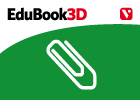
Types of forces
EduBook Organización
- 1939 visitas
These photos show the action of two types of forces: some forces produce movements and others produce deformations. Look at the images and classify them as forces that produce movements and forces that…
-

Final self-evaluation (3) - Migration
EduBook Organización
- 1422 visitas
Classify the causes of migration according to whether they are push or pull factors: abundant employment social benefits language similarities unemployment political persecution high quality of life…
-

Final self-evaluation 02 - Energy and industry
EduBook Organización
- 1264 visitas
Classify the following characteristics of industries: According to the final use of the products manufactured. According to the level of technology used. According to size. According to the type of…
-
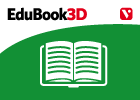
Animals are living things (I)
EduBook Organización
- 1 lo usan
- 9733 visitas
What are animals? Animals are living things. They are born, they grow, they reproduce and they die. They also react to the world around them. How do we classify animals? We can classify animals…
-
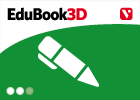
Observe. Pollution of the environment
EduBook Organización
- 2796 visitas
Look at the drawing representing the different polluting agents and do the activities: Where is the cleanest water? And the cleanest air? Where is the water and the air most polluted? Explain how humans…
-

-
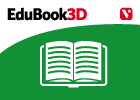
Invertebrates
EduBook Organización
- 5737 visitas
What are invertebrates? Invertebrates are animals that do not have a spinal column. They live in many different places and can be herbivores, carnivores or omnivores. All invertebrates are oviparous.…
-
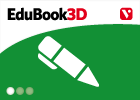
Check. Rural economy and commercial development
EduBook Organización
- 5675 visitas
Remember what you have studied in this section and answer the questions: What was the Ancien Régime? What were its main characteristics? Describe how the 18th century was organised. What were the main…
-

Before you start - Plant reproduction
EduBook Organización
- 5386 visitas
Didactic objectives Observe flowers and identify their parts. Recognise and distinguish between the protective and reproductive parts of a flower. Explain how a flower works. Compare different types of…
-
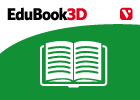
Before you start - The Population of Spain
EduBook Organización
- 5092 visitas
Didactic objectives Describe the characteristics of Spain’s demographic model. Interpret the demographic indicators of Spain’s population: life expectancy, birth rate, fertility rate and mortality…
Te estamos redirigiendo a la ficha del libro...













